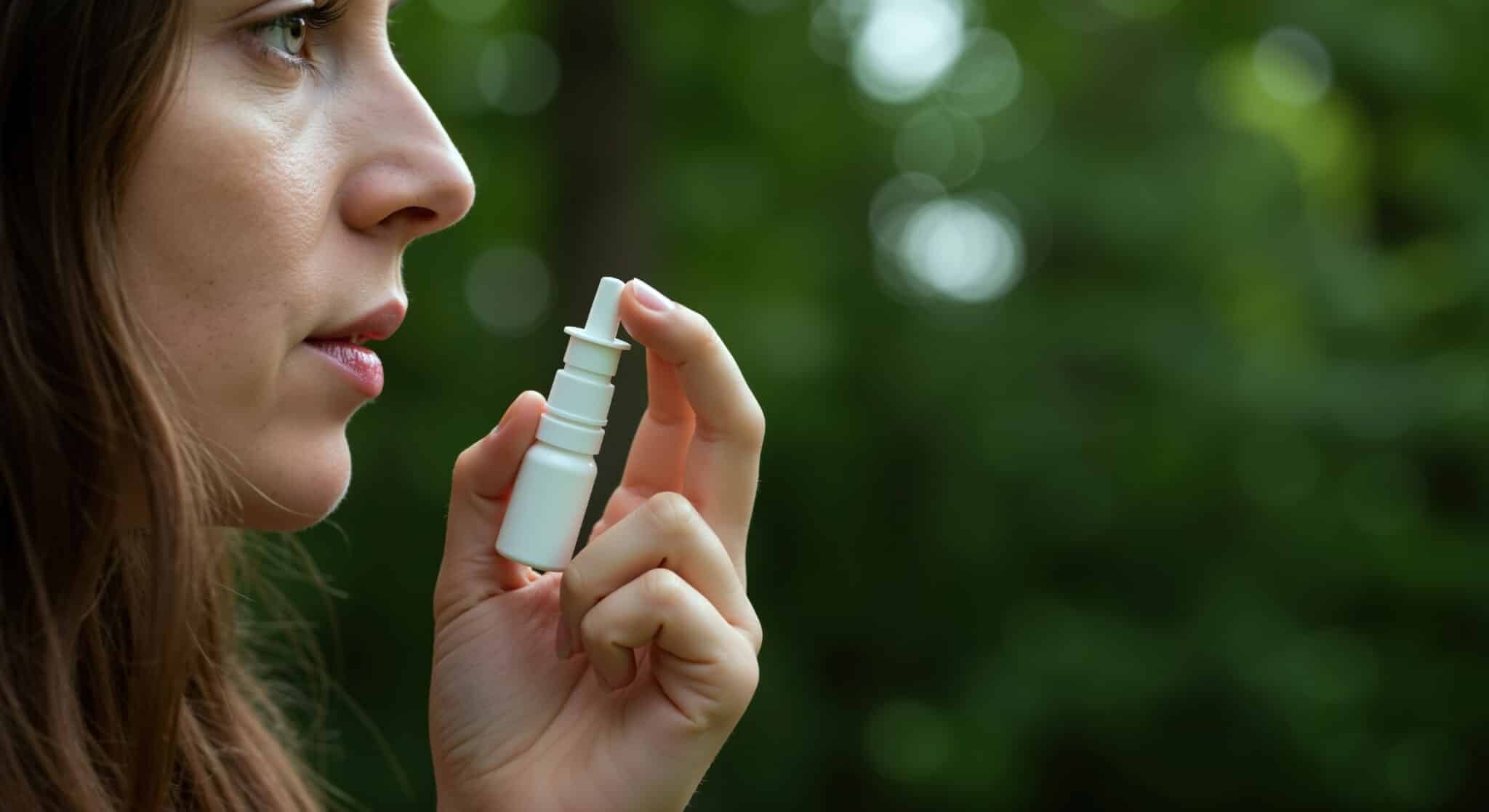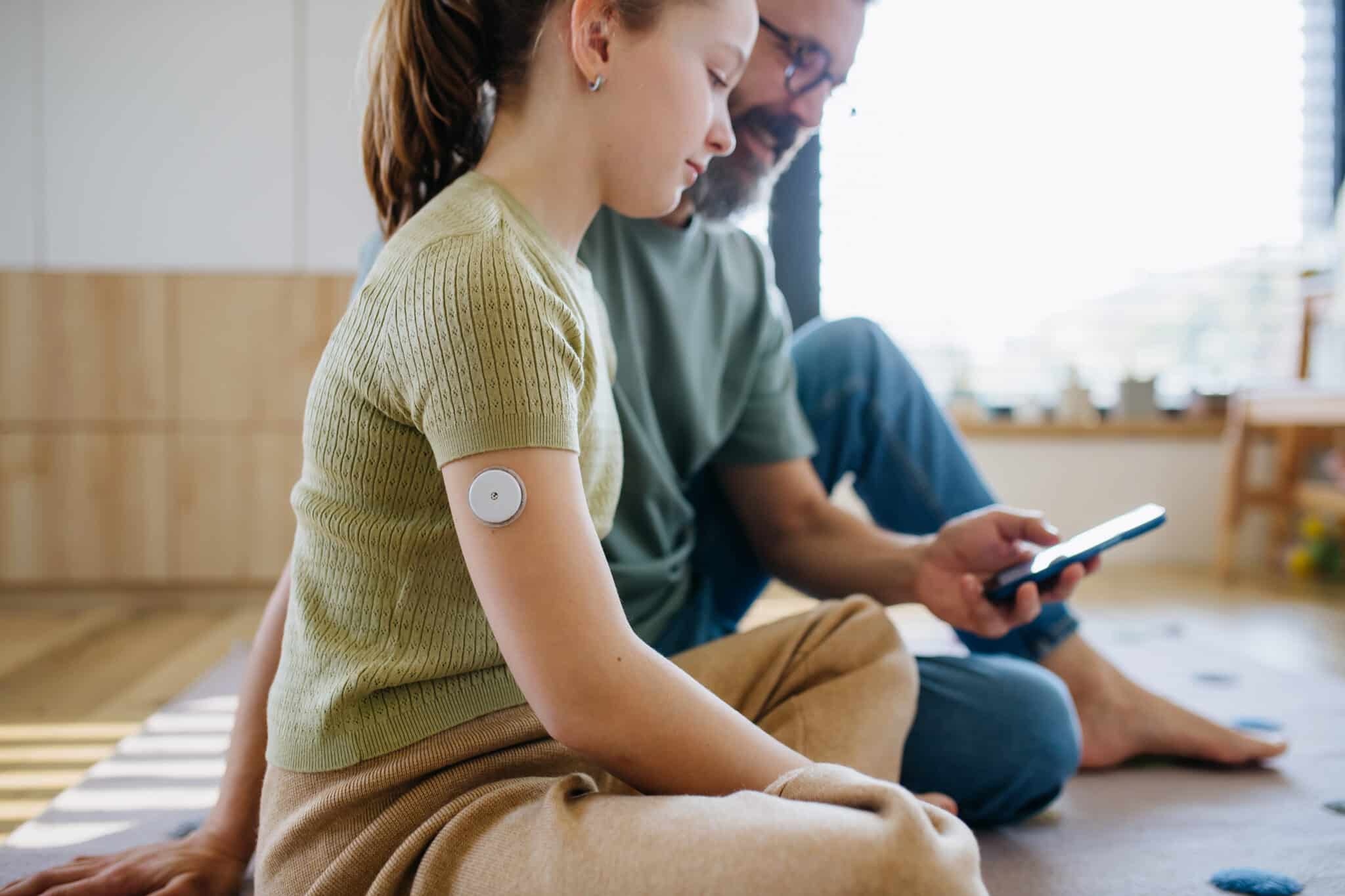Who Wants to Look Like a Lobster?
We all love some fun in the fun, and summertime lobster feasts, too!
But who wants to look like a bright red lobster? I’m sure we’ve heard the stories of how our parents used to slather baby oil on their bodies and hold aluminum foil just to get a tan “back in the day.” It was a casual summer activity for them, like taking a trip to the beach or going to the pool for the day.
But we are now learning even more about what this level of sun exposure did. Sure, it made them tan the summer they were looking for that darker complexion; however, long term consequences were in the realm of the unknown. What was going on with the rays of the sun and their skin was invisible to them – ultraviolet radiation.
That ball of radiating energy and fun in the sky that you think is your friend comes with a not-so-fun plot twist: UV exposure can damage your skin, possibly even causing skin cancer. It’s very important to take precautions against this so that you can continue to have all the fun in the sun!
Truth is, skin cancer is creeping up on us increasingly and an astounding 100,000 new cases were diagnosed in the US in 2024. The question is, how do we stop this from happening?
The key answer: preventative measures. There is a vast list of measures that we can highlight in preparation for that bright ball of awesomeness. Sun safety is important for the whole family and sometimes grandma needs a different type of prevention than her newborn grandbaby.
UVA, UVB, and UVC
First, let’s discuss the UV radiation that causes damage to our precious skin. Did you know there is more than one kind of damaging UV radiation? UVA, UVB, and UVC all have a bit of a different way of working with the ozone. UVA comes directly at us, not absorbed by the ozone at all, the ozone gives us some protection from UVB, and UVC can’t touch us because of the wonderful ozone absorbing it up.
These UV rays can reflect off different surfaces, including water and snow. We might think when we are swimming that the water is protecting us because it’s not as hot, but it’s actually causing more of those UV rays to bounce back up to your body above water – likely your face. Another thing to remember is that there are peak times during the day that the UV radiation is strongest, creating a danger zone between 10am and 4pm. Even on cloudy days that invisible danger is out and about, so don’t think you’ll be off the hook with preventative measures when it’s overcast!
Shielding Yourself from UV Danger
Here is your guide to combating those UV rays and making your time in the sun safe for your skin:
Sunscreen and SPF
What is SPF, and what does “broad-spectrum” on sunscreen labels mean? SPF is a measure of how well a sunscreen can protect you from these harmful UV rays and “broad-spectrum” is what tells us that the product works to fight off both UVA and UVB rays from our skin.
The FDA has special requirements for a sunscreen to be able to apply the label “broad-spectrum,” and if it doesn’t meet the requirements, the sunscreen will have a disclosure with a skin cancer/skin aging alert. You’ll want to keep an eye out for these differences because protecting against UVA and UVB is important for the prevention of skin damage.
There are many things that we know about sunscreen, and one is that you should use a broad-spectrum sunscreen with at least 15 SPF. You should shoot for a higher SPF if you’re planning on spending extra time in the sun, especially during those peak sun hours from 10am and 4pm.
For those days when you’re exposed to the sun for long hours, reapply, reapply, reapply! When you’re at the beach or pool and you take a dip into the water to cool off, reapply after towel drying. If you’re laying out to catch some rays, reapply at least every two hours. It’s also a great idea to put some sunscreen on before you leave the house or take that adventure out into the sunny day so it has some time to sink in and will be working at the fullest potential to protect you by the time you get to your destination.
Although some of the products we see in the pharmacy say “water-proof” or “sweat-proof,” it’s been proven that there is no way to guarantee sunscreen will resist the power of water or sweat; it will come off. That’s why we always say to reapply!
What about coral reefs?
There has been increasing concern for the diminishing environment that thrives in our ocean waters. Knowing what keeps other organisms safe and out of harm’s way is important, too. When sunscreen slides off our skin and into waters at the beach, some sunscreens that contain chemicals like oxybenzone and octinoxate may be harmful to our ocean friends. “Save the Reef” has a great guide to let us know about products using UV protectors that are mineral friendly and reef-friendly!
Shade & Clothing
What provides the most protection besides slathering on some sunscreen before going out for an adventure in the sun? You guessed it: shade! Staying out of the sun but still spending time outside is a wonderful way to spend your summer days. Whether it’s reading a book in the shade under a tree or listening to some music laying under an umbrella at the beach, shade will become a really good friend.
What kind of clothing goes along with shade (well I guess some may say it’s not a piece of clothing) and will protect you the most? It is a hat. A wide-brimmed sun hat is fashion with a function. It can cover up your hair on a bad hair day, serve as a cute fashion accessory, and give your face that protected shade needed for being out in the sun.
Stay Safe in the Sun this Summer
While it’s been fun to give a run-down update on sunscreen and what’s best to use, it’s my turn to go to the beach and practice what I’ve preached! So go on, enjoy your summer and use what you’ve learned to be UV-safe in your everyday life and activities.
References:
https://savethereef.org/about-reef-save-sunscreen.html
https://www.cdc.gov/skin-cancer/sun-safety/index.html
https://www.fda.gov/consumers/consumer-updates/tips-stay-safe-sun-sunscreen-sunglasses
https://www.epa.gov/sunsafety/sun-safety-tips
https://www.cdc.gov/radiation-health/features/uv-radiation.html






